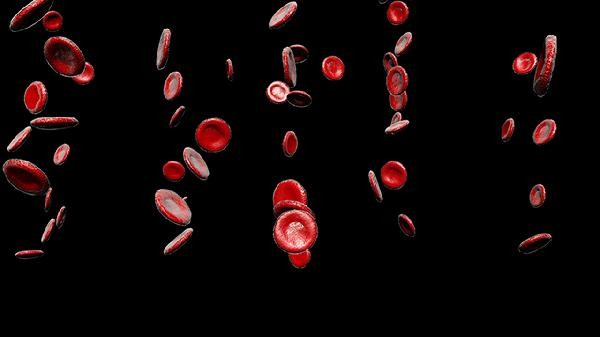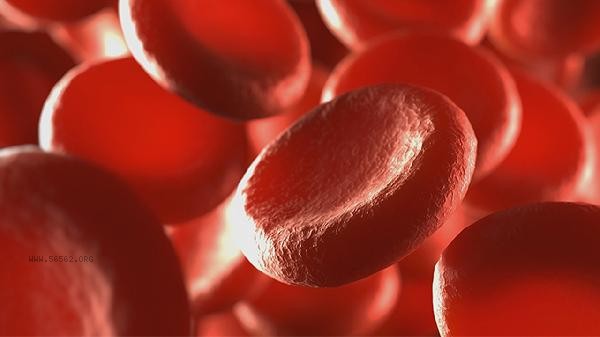Elevated hematocrit may increase blood viscosity, mainly related to factors such as dehydration, chronic hypoxia, polycythemia vera, pulmonary heart disease, and kidney disease. Long term elevated blood pressure can easily lead to diseases such as thrombosis, hypertension, cerebral infarction, myocardial infarction, and varicose veins.

1. Thrombosis:
Increased blood viscosity slows down blood flow velocity, making it easier for platelets to deposit on the blood vessel wall. Long term high hematocrit can lead to thrombosis in the deep veins, coronary arteries, and other areas of the lower limbs. The typical manifestation is local swelling and pain, and sudden chest tightness and chest pain require vigilance for pulmonary embolism.
2. Hypertension risk:
Increased blood viscosity can exacerbate vascular resistance, requiring the heart to maintain circulation with greater pressure. Long term overload may lead to primary hypertension, accompanied by symptoms such as headache and dizziness. When monitoring reveals that the hematocrit exceeds 50%, blood pressure control needs to be stricter.
3. Cerebral infarction:

Cerebral blood vessels are thin and have complex branches, and high viscosity can easily cause small blood clots to block. In the early stages, there may be transient blurred vision and unclear speech, which can lead to hemiplegia in severe cases. The risk of hypertension is significantly increased in middle-aged and elderly populations. 4. Myocardial ischemia: When coronary artery blood supply is obstructed, myocardial cell hypoxia can easily lead to angina pectoris. The typical manifestation is compressive pain behind the sternum after exercise, which can be relieved by rest. Individuals with a hematocrit consistently above 52% have a threefold increased risk of developing acute myocardial infarction.
5. Varicose veins: When the venous return of the lower limbs is obstructed, the increase in intravascular pressure leads to valve dysfunction. Long term manifestations include bulging veins in the calf, pigmentation on the skin, and in severe cases, ulceration. Long standing professionals with high hematocrit need to wear medical elastic socks.
It is recommended to drink no less than 2000 milliliters of diluted blood per day to avoid prolonged exposure to the same position. Aerobic exercise such as swimming and brisk walking can promote circulation, but it is necessary to avoid intense exercise that increases the burden on the heart. Choose anticoagulant ingredients such as black fungus and onions for diet, and limit high purine foods such as animal organs. Regular testing of blood routine and hemorheological indicators, residents in high-altitude areas or long-term smokers should undergo annual cardiovascular and cerebrovascular risk assessment. When symptoms such as persistent headache and chest tightness occur, it is necessary to seek medical attention and check in a timely manner.









Comments (0)
Leave a Comment
No comments yet
Be the first to share your thoughts!